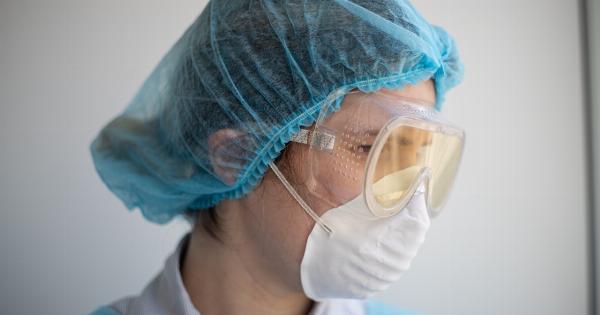Acne is a common skin condition that affects millions of people worldwide. It can be both physically and emotionally distressing, causing pain, redness, and blemishes on the skin.
Fortunately, there are various acne solutions available, ranging from home remedies to pharmacy products. In this article, we will explore different treatment options for acne and discuss their effectiveness.
Understanding Acne
Before diving into the solutions, it’s important to understand what causes acne in the first place. Acne occurs when hair follicles become clogged with oil, dead skin cells, and bacteria, leading to inflammation and the formation of pimples.
Hormonal changes, stress, certain medications, and genetics can all contribute to the development of acne.
Home Remedies for Acne
Many people prefer to start with natural and home remedies to address their acne concerns. While these remedies may not work for everyone, they are often gentle on the skin and have minimal side effects.
1. Tea Tree Oil
Tea tree oil is a popular natural remedy for acne due to its antimicrobial properties. It can effectively kill bacteria on the skin and reduce inflammation. However, it should be used in diluted form as pure tea tree oil can cause skin irritation.
2. Aloe Vera
Aloe vera gel has soothing properties that can help reduce redness and inflammation associated with acne. It also has antibacterial qualities, making it a useful remedy for mild to moderate acne.
3. Apple Cider Vinegar
Apple cider vinegar is known for its ability to balance the pH of the skin and reduce the appearance of acne. However, it should be diluted before applying it to the skin, as undiluted vinegar can cause irritation.
Over-the-Counter Pharmacy Products
If home remedies fail to provide sufficient relief, over-the-counter (OTC) pharmacy products can be the next step in acne treatment.
These products typically contain ingredients like benzoyl peroxide or salicylic acid, which can help unclog pores and reduce bacteria on the skin.
1. Benzoyl Peroxide
Benzoyl peroxide is widely used in OTC acne treatments. It works by killing bacteria, removing excess oil, and exfoliating dead skin cells. It is available in various forms, including gels, creams, and washes.
2. Salicylic Acid
Salicylic acid is another common ingredient found in OTC acne products. It helps unclog pores by exfoliating the skin, reducing inflammation, and preventing new acne formations. It is available in cleansers, toners, and spot treatments.
Prescription Medications
For severe or persistent acne, prescription medications may be necessary. These medications are typically stronger than OTC products and can only be obtained with a doctor’s prescription.
1. Topical Retinoids
Topical retinoids, such as tretinoin and adapalene, are derived from vitamin A and work by unclogging pores and reducing inflammation. They promote cell turnover, preventing new acne formations.
These medications may cause skin dryness and sensitivity to sunlight.
2. Oral Antibiotics
In cases of moderate to severe acne, oral antibiotics may be prescribed to reduce bacteria and inflammation. Commonly prescribed antibiotics for acne include doxycycline, minocycline, and erythromycin.
These medications can have side effects and should be used under the guidance of a healthcare professional.
Conclusion
Acne can be a frustrating and persistent condition, but there are numerous solutions available to manage and treat it.
From home remedies like tea tree oil and aloe vera to over-the-counter pharmacy products containing benzoyl peroxide or salicylic acid, individuals can often find relief. In more severe cases, prescription medications such as topical retinoids or oral antibiotics may be necessary.
It’s essential to consult with a dermatologist or healthcare professional to determine the most suitable treatment plan for your specific acne concerns.


























